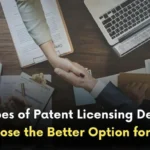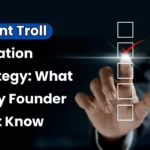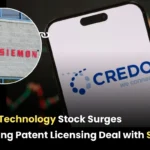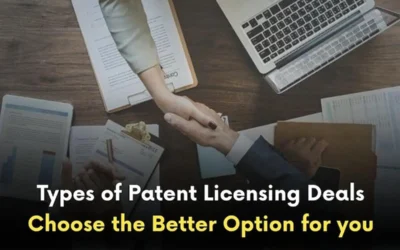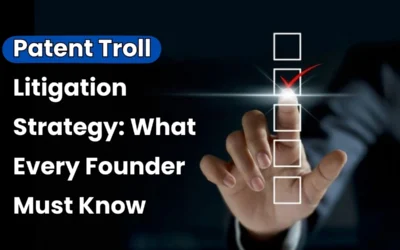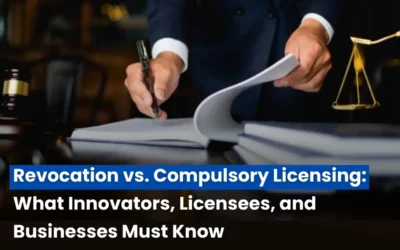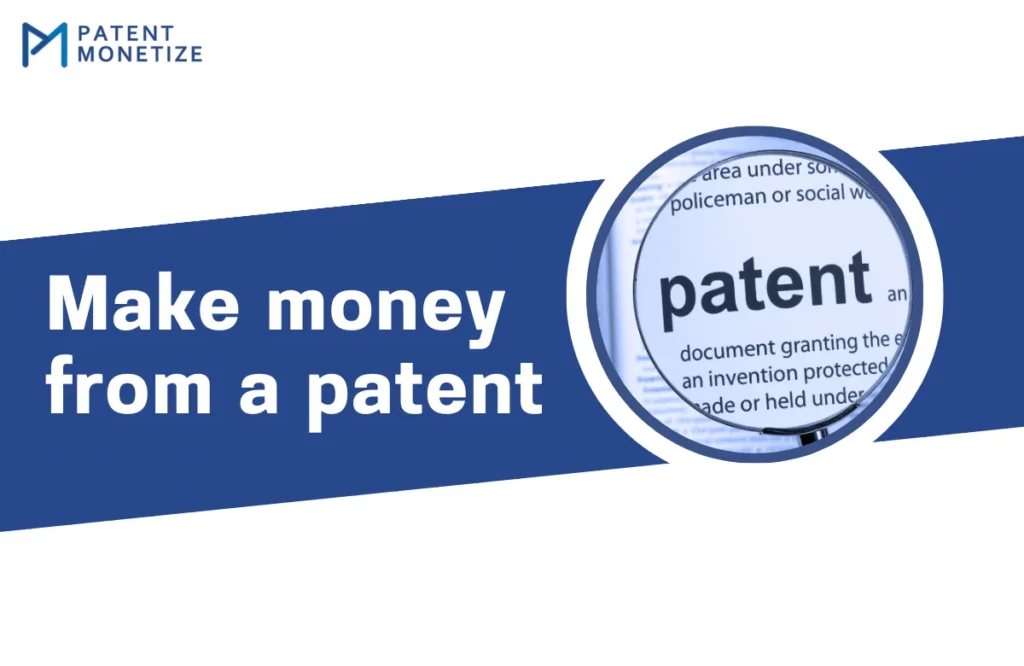
In today’s knowledge-driven economy, patents are more than just legal protection — they are powerful business tools. An invention or simply we can say “patent” isn’t just about creating something new — for many innovators and investors, it’s also about turning that creation into income. But, what does actually turning a patent into real money mean? How do you do it, what’s the process, and how do you determine its true value?
When you look closely at patent rights, you realize that a patent holder enjoys exclusive control for up to 20 years — a significant window of time to turn innovation into lasting revenue. In this article, we’ll walk through the many ways of generating revenue from patents.
There are several ways to turn a patent into a valuable asset:
Licensing
When a patent owner grants another party the legal right to utilize their invention, this is known as licensing. In exchange, the patent holder earns a fee or ongoing royalty payments according to the contract. In simple terms, it’s an agreement between two parties: the patent owner known as licensor and the party using the patent known as licensee. This method allows inventors to profit from their ideas without directly manufacturing or selling the product themselves.
In licensing, there are two main approaches:
- Exclusive Licensing – The rights of the patent are given to only one person . This means no other person or company can use the patent during the term of the license, which is why it’s called “exclusive.”
- Non-Exclusive Licensing – In this multiple licensee can use the patent independently, allowing the patent owner to create multiple income streams.
Patent Transfer/Direct Sales
If licensing is not working for you, you can go for the transfer of your patent, also known as Direct sales, this is a process where a patent holder sells the rights of the patent completely to another party. In exchange, patent holders pay. This approach gives you immediate cash while avoiding the ongoing costs, risks, and responsibilities of commercializing the invention yourself.
It’s a good option if:
- You don’t have the resources to produce or market the invention.
- You’d prefer upfront funds to invest in other opportunities.
- You want to skip the complexity of managing a business around your patent.
Manufacturing and Selling Your Invention
If you have the budget and know-how, making and selling your invention yourself can be one of the most profitable routes. Here’s how you can go about it:
- Research Your Market: Learn who your customers are, what they need, and what similar products are already out there.
- Build a Prototype: Create a functional version of your invention to test and refine the idea.
- Set Up Production: Find a reliable and cost-effective way to manufacture your product at scale.
- Plan Your Marketing: Decide how you’ll promote your product so it reaches the right audience.
- Choose Your Sales Outlets: Sell through online marketplaces, retail partnerships, or even local stores that take products on consignment.
Community Funding
If you want to raise money and test interest before going big, community funding can be a great option. It allows you to present your invention to supporters who believe in your idea and are willing to contribute. It’s a win-win — you confirm there’s demand while generating early cash and building awareness.
Business Alliances
Partnering with another company can help you grow your patented idea faster. Through alliances or co-development agreements, you can share costs, combine expertise, and split the profits — making it easier to bring complex products to the market.
Innovation Awards and Funding Programs
Some inventions qualify for special funding or recognition from government schemes, startup accelerators, or industry bodies. These programmes can give you money, credibility, and exposure without requiring you to give up any rights to your patent.
Read Also: Patents for Sale: Find, Buy, or Sell Innovative IP Assets ?
Conclusion
In the end, a patent is only as valuable as the strategy behind it. Whether you choose to license it, sell it, build and market the product yourself, partner with others, or explore funding opportunities, the goal is the same — to turn your idea into lasting income. With the right approach, your innovation can move beyond paper and become a real, profitable asset.
